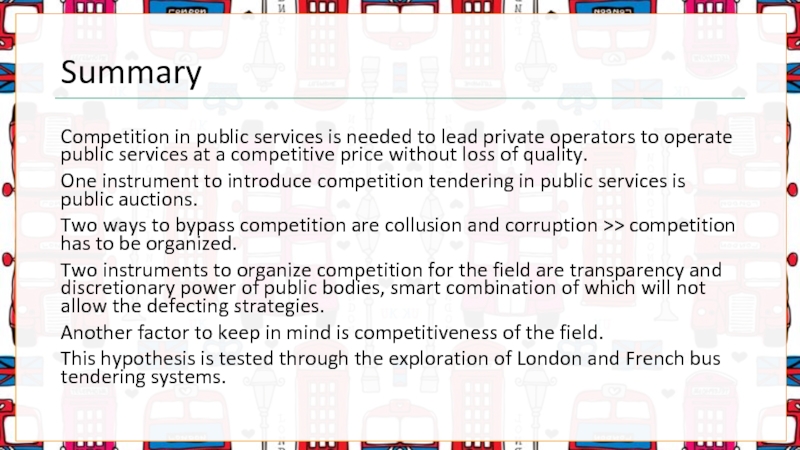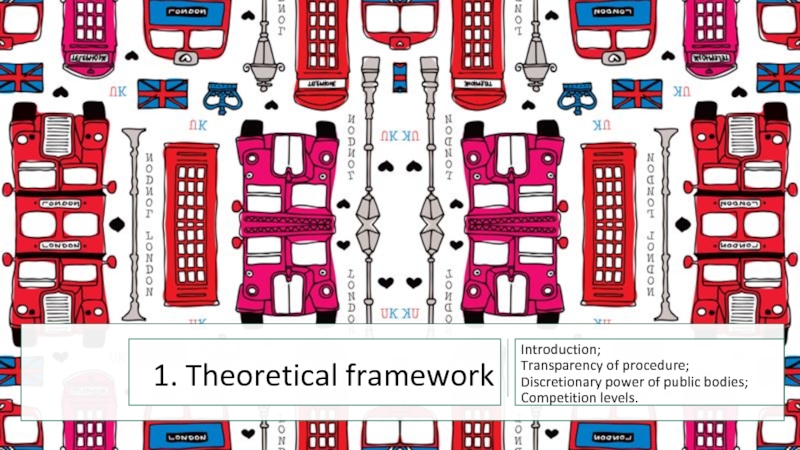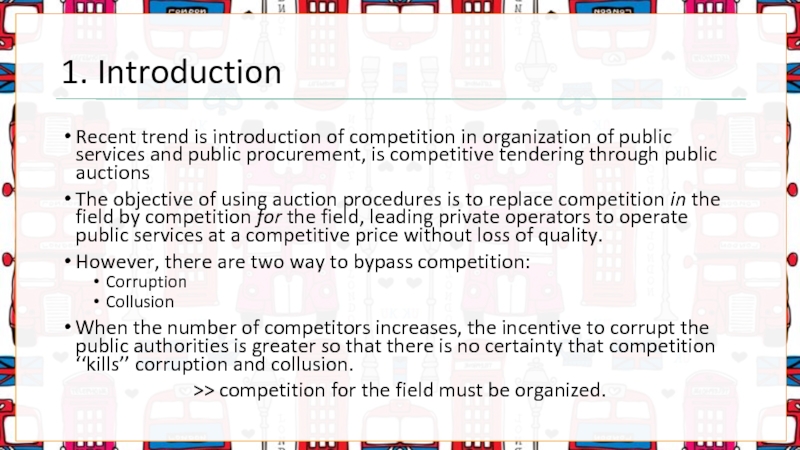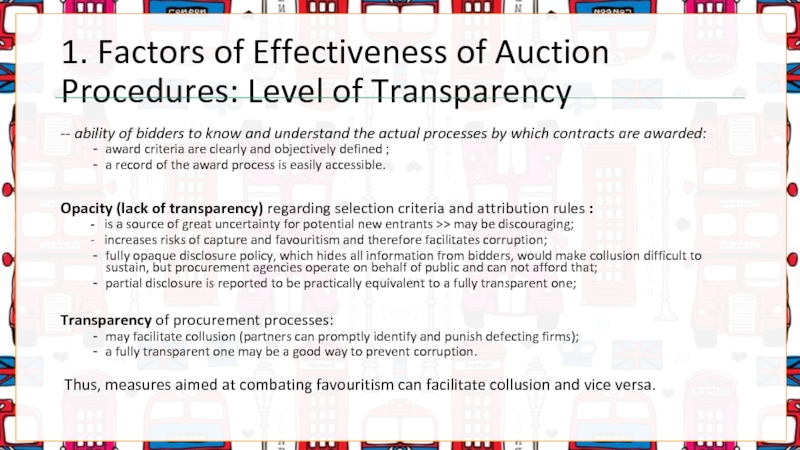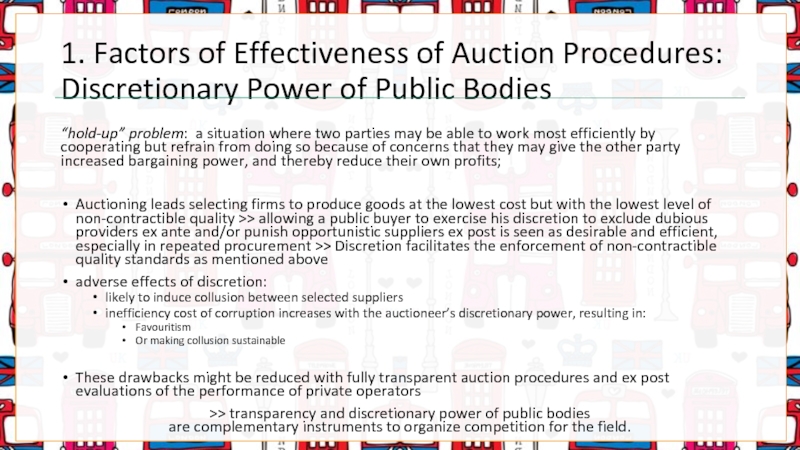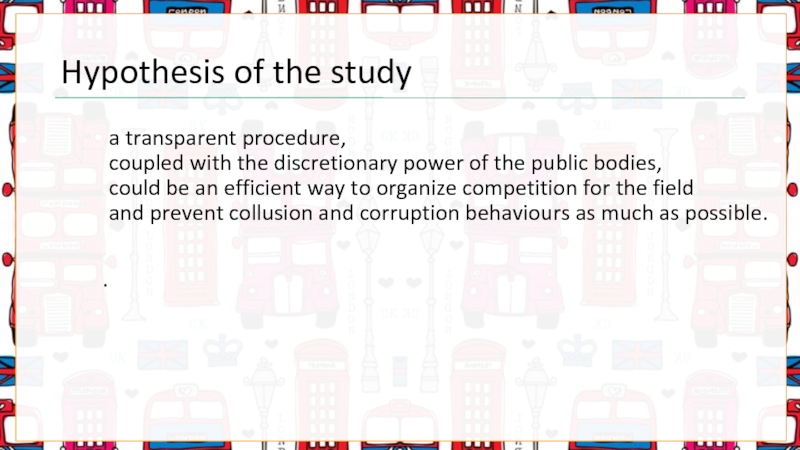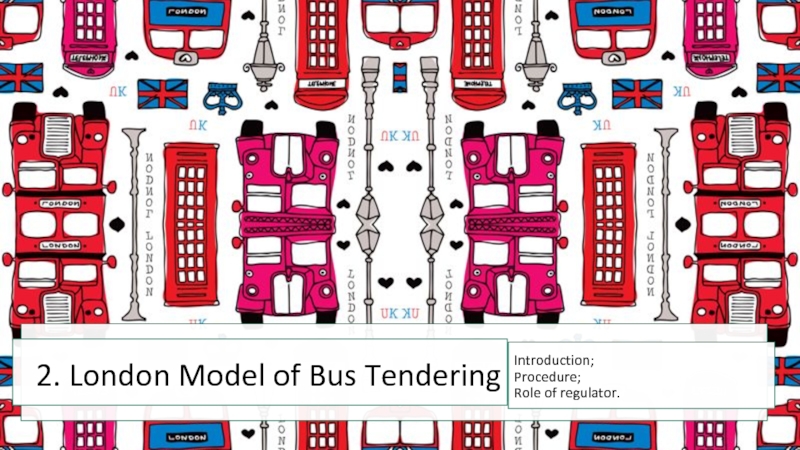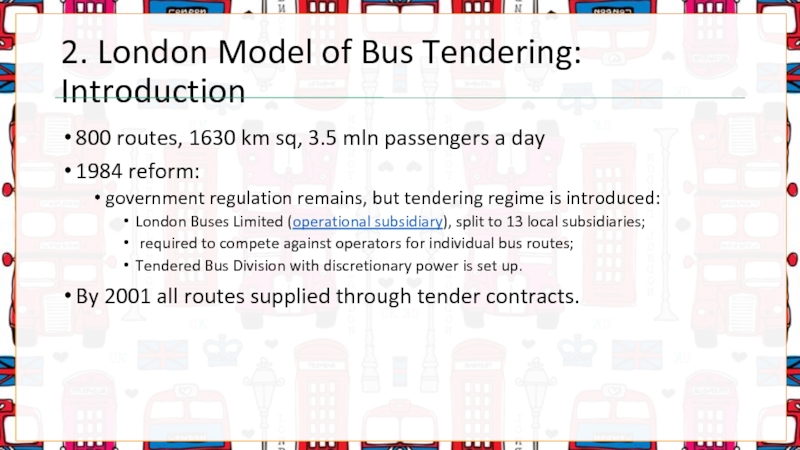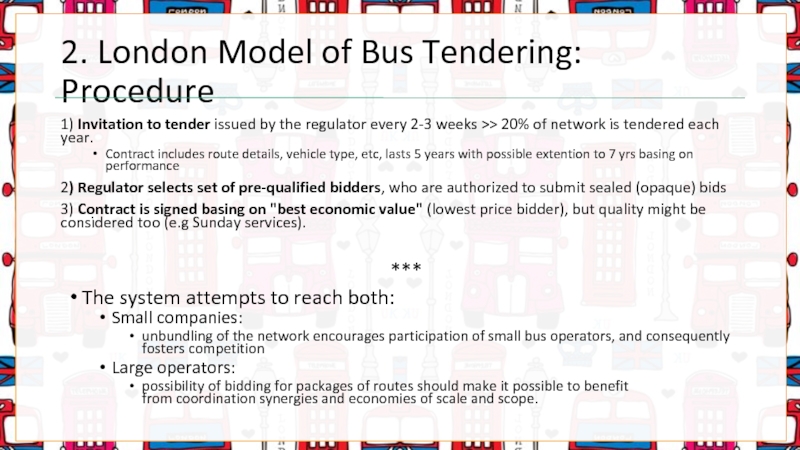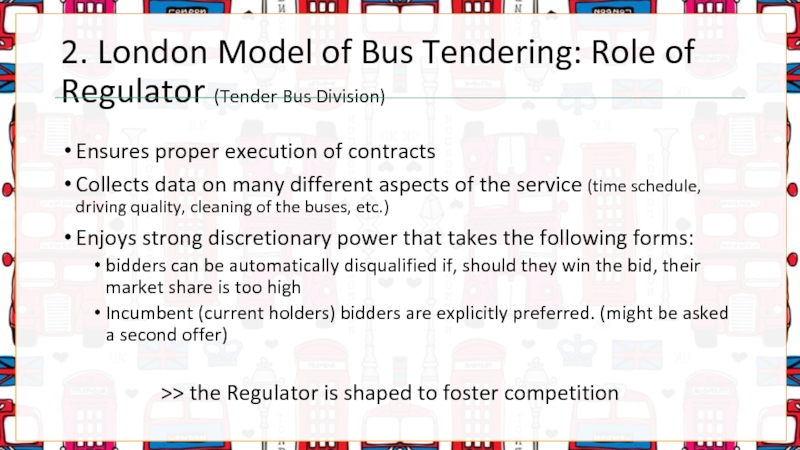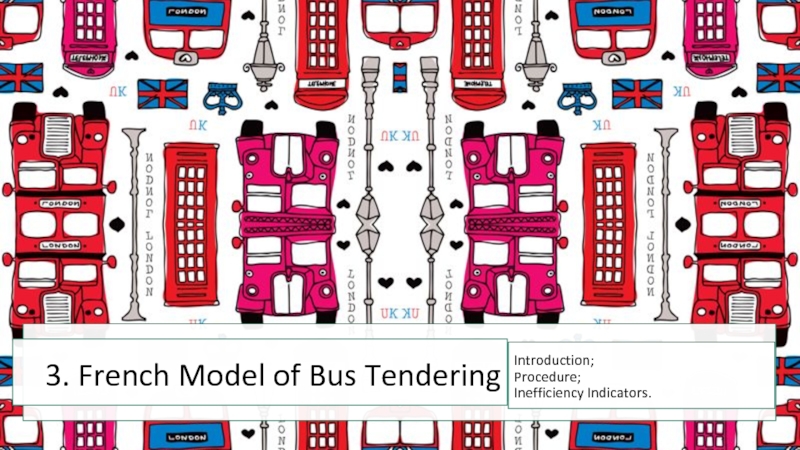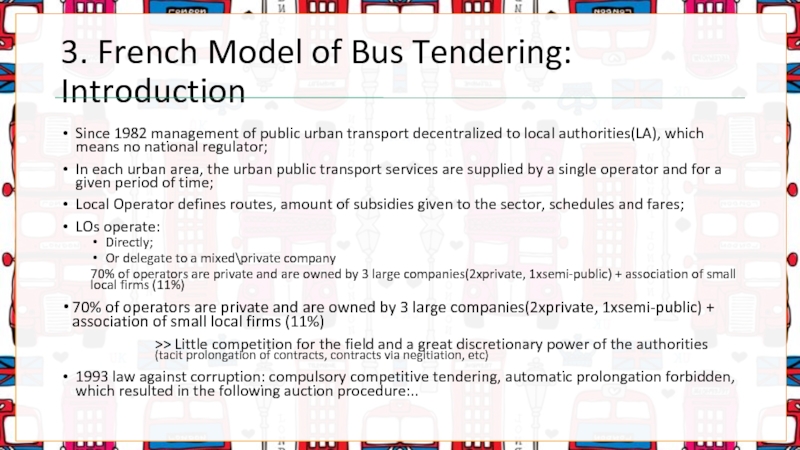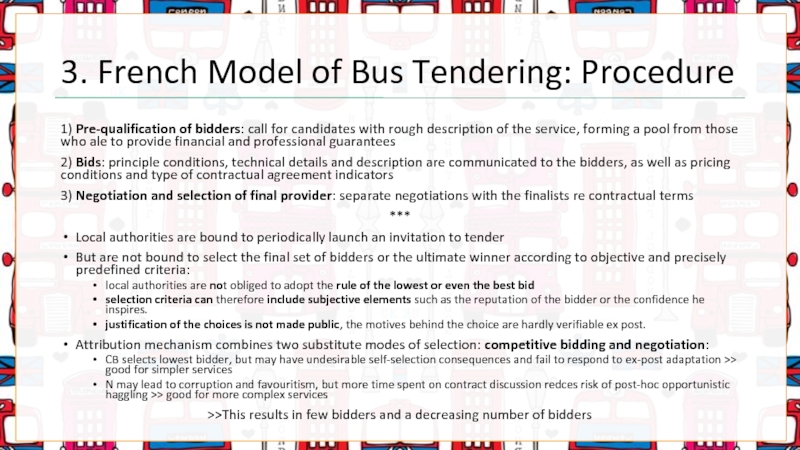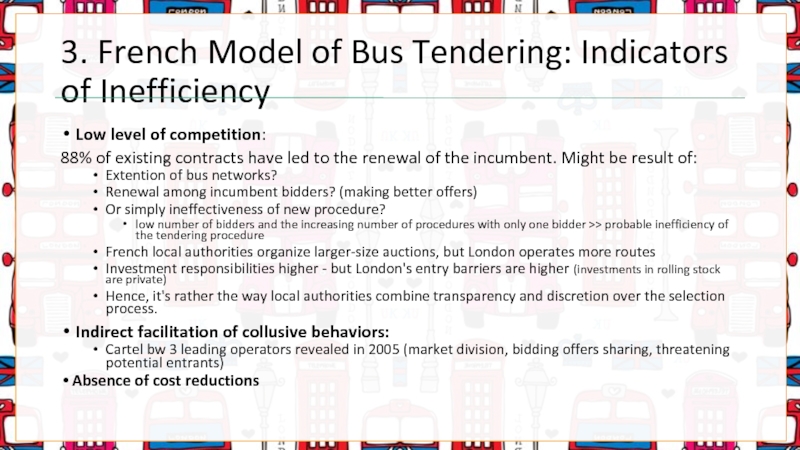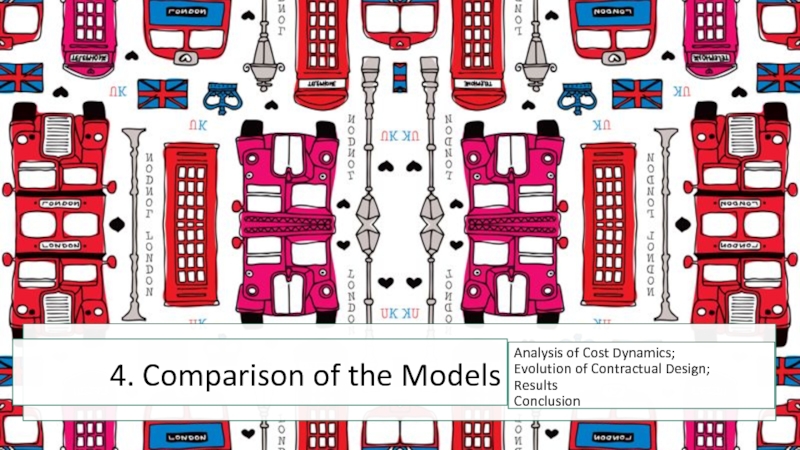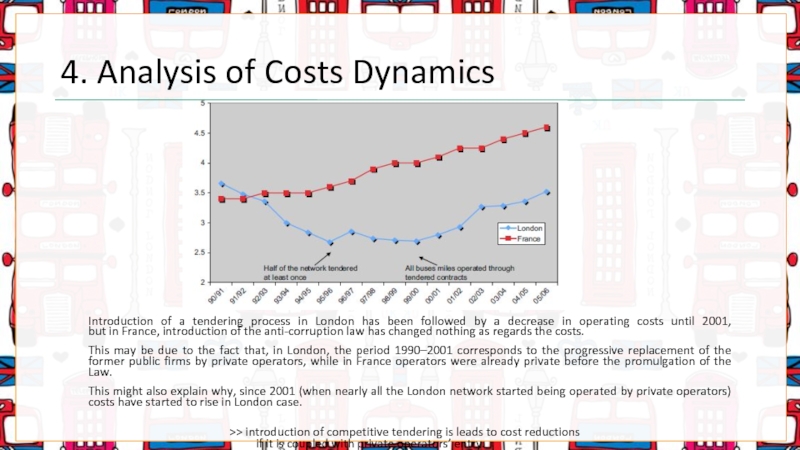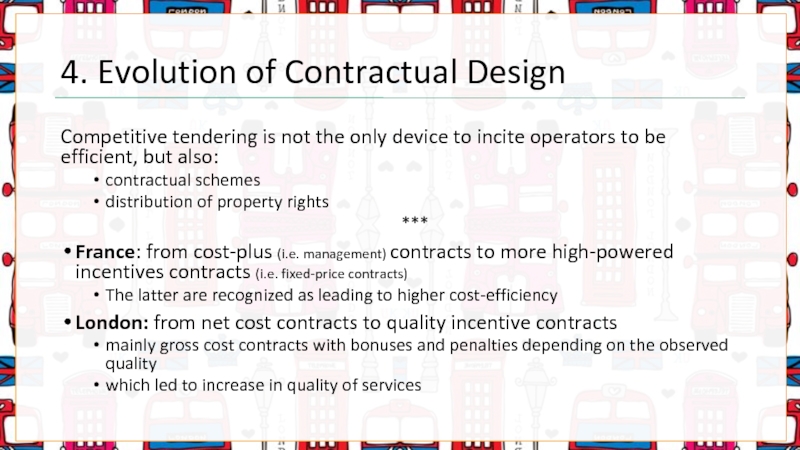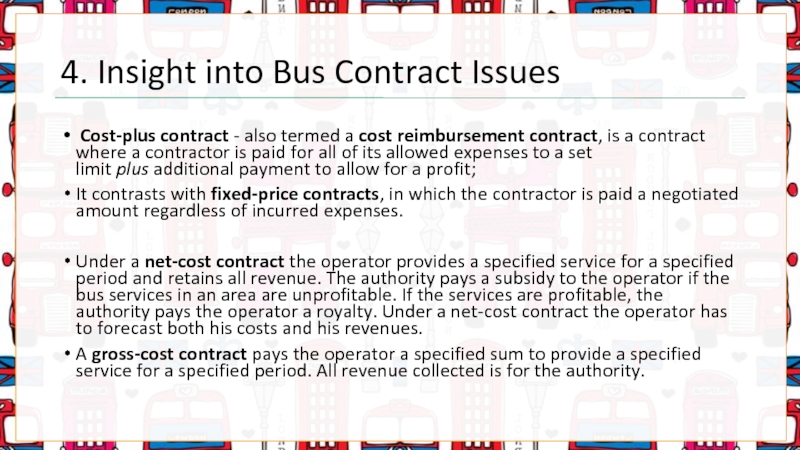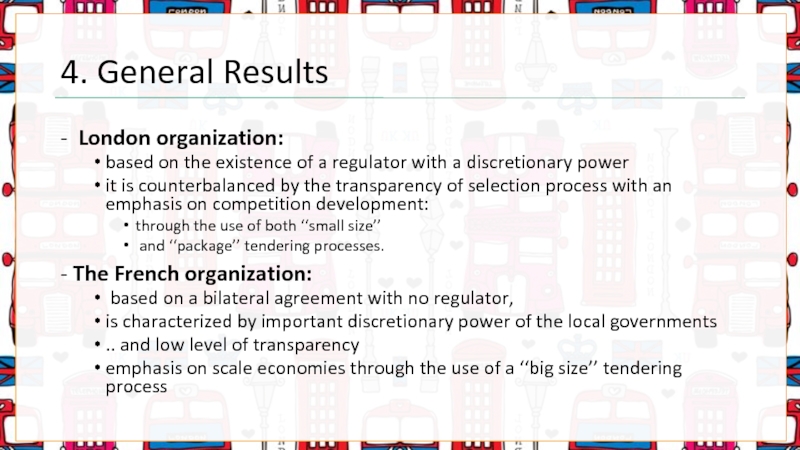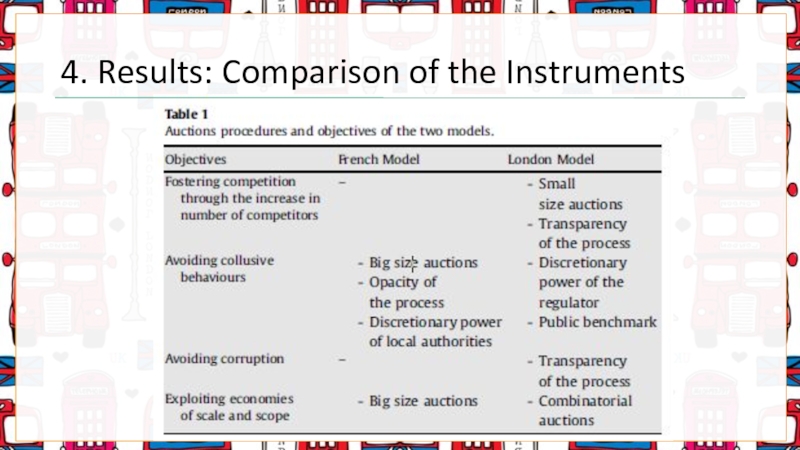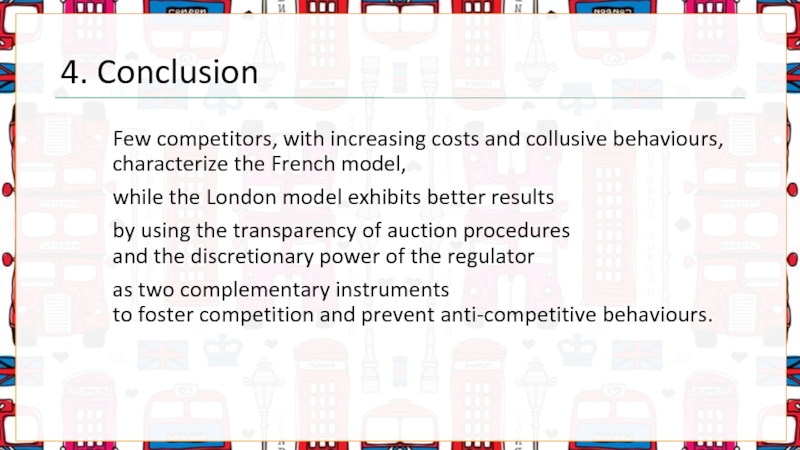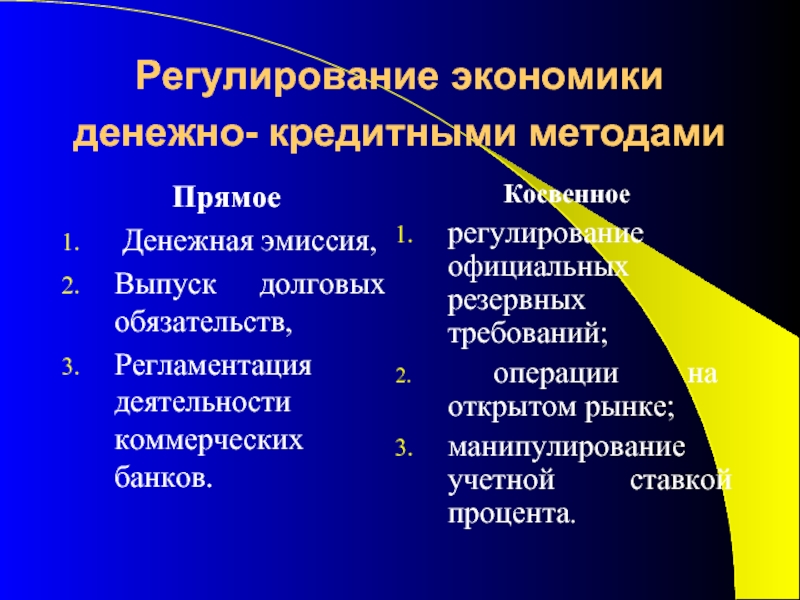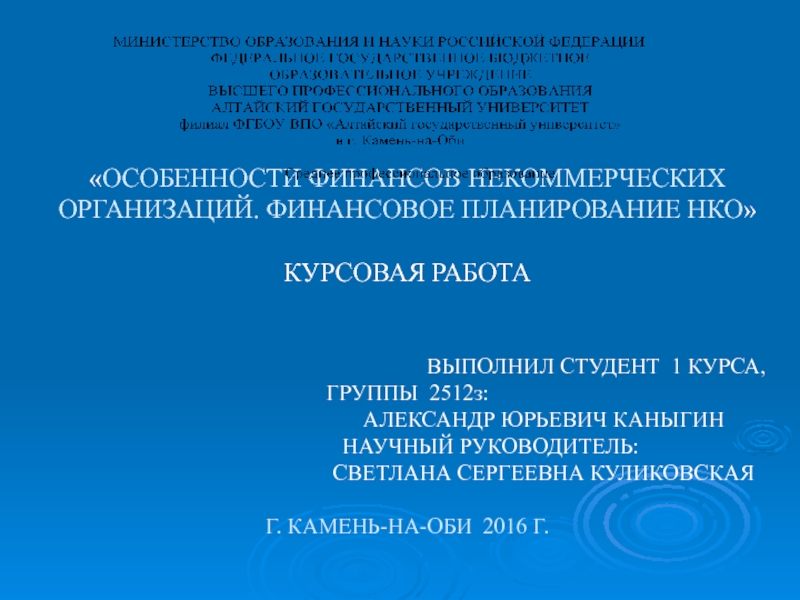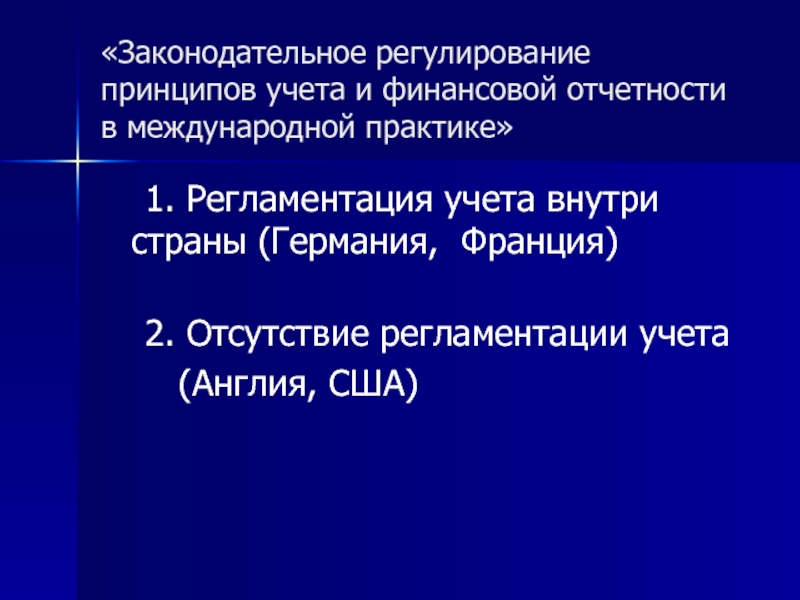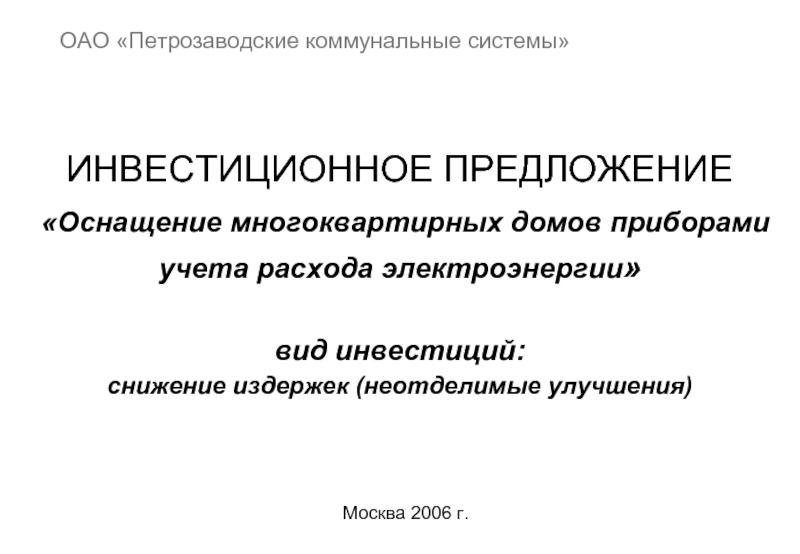Miguel Amaral, Stephane Saussier, Anne Yvrande-Billon
2008
- Главная
- Разное
- Дизайн
- Бизнес и предпринимательство
- Аналитика
- Образование
- Развлечения
- Красота и здоровье
- Финансы
- Государство
- Путешествия
- Спорт
- Недвижимость
- Армия
- Графика
- Культурология
- Еда и кулинария
- Лингвистика
- Английский язык
- Астрономия
- Алгебра
- Биология
- География
- Детские презентации
- Информатика
- История
- Литература
- Маркетинг
- Математика
- Медицина
- Менеджмент
- Музыка
- МХК
- Немецкий язык
- ОБЖ
- Обществознание
- Окружающий мир
- Педагогика
- Русский язык
- Технология
- Физика
- Философия
- Химия
- Шаблоны, картинки для презентаций
- Экология
- Экономика
- Юриспруденция
Auction procedures and competition in public services Amaral, 2008 презентация
Содержание
- 1. Auction procedures and competition in public services Amaral, 2008
- 2. Summary Competition in public services is
- 3. Introduction; Transparency of procedure; Discretionary power
- 4. 1. Introduction Recent trend is introduction
- 5. 1. Factors of Effectiveness of Auction
- 6. 1. Factors of Effectiveness of Auction
- 7. 1. Factors of Effectiveness of Auction
- 8. Hypothesis of the study a transparent
- 9. Introduction; Procedure; Role of regulator. 2. London Model of Bus Tendering
- 10. 2. London Model of Bus Tendering:
- 11. 2. London Model of Bus Tendering:
- 12. 2. London Model of Bus Tendering:
- 13. Introduction; Procedure; Inefficiency Indicators. 3. French Model of Bus Tendering
- 14. 3. French Model of Bus Tendering:
- 15. 3. French Model of Bus Tendering:
- 16. 3. French Model of Bus Tendering:
- 17. Analysis of Cost Dynamics; Evolution of
- 18. 4. Analysis of Costs Dynamics Introduction
- 19. 4. Evolution of Contractual Design Competitive
- 20. 4. Insight into Bus Contract Issues
- 21. 4. General Results - London organization:
- 22. 4. Results: Comparison of the Instruments
- 23. 4. Conclusion Few competitors, with increasing
- 24. Thank you for your attention! Ek Ivanova, 151 msp
Слайд 1
Auction procedures and competition in public services
The case of urban public
Слайд 2
Summary
Competition in public services is needed to lead private operators to
One instrument to introduce competition tendering in public services is public auctions.
Two ways to bypass competition are collusion and corruption >> competition has to be organized.
Two instruments to organize competition for the field are transparency and discretionary power of public bodies, smart combination of which will not allow the defecting strategies.
Another factor to keep in mind is competitiveness of the field.
This hypothesis is tested through the exploration of London and French bus tendering systems.
Слайд 3
Introduction;
Transparency of procedure;
Discretionary power of public bodies;
Competition levels.
1. Theoretical framework
Слайд 4
1. Introduction
Recent trend is introduction of competition in organization of public
The objective of using auction procedures is to replace competition in the field by competition for the field, leading private operators to operate public services at a competitive price without loss of quality.
However, there are two way to bypass competition:
Corruption
Collusion
When the number of competitors increases, the incentive to corrupt the public authorities is greater so that there is no certainty that competition ‘‘kills’’ corruption and collusion.
>> competition for the field must be organized.
Слайд 5
1. Factors of Effectiveness of Auction Procedures: Level of Transparency
--
award criteria are clearly and objectively defined ;
a record of the award process is easily accessible.
Opacity (lack of transparency) regarding selection criteria and attribution rules :
- is a source of great uncertainty for potential new entrants >> may be discouraging;
- increases risks of capture and favouritism and therefore facilitates corruption;
fully opaque disclosure policy, which hides all information from bidders, would make collusion difficult to sustain, but procurement agencies operate on behalf of public and can not afford that;
partial disclosure is reported to be practically equivalent to a fully transparent one;
Transparency of procurement processes:
may facilitate collusion (partners can promptly identify and punish defecting firms);
a fully transparent one may be a good way to prevent corruption.
Thus, measures aimed at combating favouritism can facilitate collusion and vice versa.
Слайд 6
1. Factors of Effectiveness of Auction Procedures: Discretionary Power of Public
“hold-up” problem: a situation where two parties may be able to work most efficiently by cooperating but refrain from doing so because of concerns that they may give the other party increased bargaining power, and thereby reduce their own profits;
Auctioning leads selecting firms to produce goods at the lowest cost but with the lowest level of non-contractible quality >> allowing a public buyer to exercise his discretion to exclude dubious providers ex ante and/or punish opportunistic suppliers ex post is seen as desirable and efficient, especially in repeated procurement >> Discretion facilitates the enforcement of non-contractible quality standards as mentioned above
adverse effects of discretion:
likely to induce collusion between selected suppliers
inefficiency cost of corruption increases with the auctioneer’s discretionary power, resulting in:
Favouritism
Or making collusion sustainable
These drawbacks might be reduced with fully transparent auction procedures and ex post evaluations of the performance of private operators
>> transparency and discretionary power of public bodies
are complementary instruments to organize competition for the field.
Слайд 7
1. Factors of Effectiveness of Auction Procedures: Degree of Competitiveness of
as the number of bidders increases, prices decrease towards efficiency prices;
degree of competitiveness of the environment affects the probability of collusion and corruption:
The higher number of bidders, the lower risk of collusion;
For corruption:
increased competition leads to lower corruption since it reduces rents; (no bribes can occur in markets where perfect competition prevails, that is where there are no excess profits from which to pay the bribes)
But less competition also means that it is more valuable for the public to avoid corruption and therefore that there is a greater incentive for a regulatory response (Higher rents indeed imply that the public would be more apt to rewrite the bureaucrat’s contracts and spend resources trying to control them).
>> a way to structure competitive tendering for public services to foster competition and prevent anticompetitive behaviours is yet to be found, but it should be an efficient combination of:
- transparency of procedure;
- discretionary power of public bodies;
- and competition levels.
Слайд 8
Hypothesis of the study
a transparent procedure,
coupled with the discretionary power
.
Слайд 10
2. London Model of Bus Tendering: Introduction
800 routes, 1630 km sq,
1984 reform:
government regulation remains, but tendering regime is introduced:
London Buses Limited (operational subsidiary), split to 13 local subsidiaries;
required to compete against operators for individual bus routes;
Tendered Bus Division with discretionary power is set up.
By 2001 all routes supplied through tender contracts.
Слайд 11
2. London Model of Bus Tendering: Procedure
***
The system attempts to reach
Small companies:
unbundling of the network encourages participation of small bus operators, and consequently fosters competition
Large operators:
possibility of bidding for packages of routes should make it possible to benefit from coordination synergies and economies of scale and scope.
1) Invitation to tender issued by the regulator every 2-3 weeks >> 20% of network is tendered each year.
Contract includes route details, vehicle type, etc, lasts 5 years with possible extention to 7 yrs basing on performance
2) Regulator selects set of pre-qualified bidders, who are authorized to submit sealed (opaque) bids
3) Contract is signed basing on "best economic value" (lowest price bidder), but quality might be considered too (e.g Sunday services).
Слайд 12
2. London Model of Bus Tendering: Role of Regulator (Tender Bus
Ensures proper execution of contracts
Collects data on many different aspects of the service (time schedule, driving quality, cleaning of the buses, etc.)
Enjoys strong discretionary power that takes the following forms:
bidders can be automatically disqualified if, should they win the bid, their market share is too high
Incumbent (current holders) bidders are explicitly preferred. (might be asked a second offer)
>> the Regulator is shaped to foster competition
Слайд 14
3. French Model of Bus Tendering: Introduction
Since 1982 management of public
In each urban area, the urban public transport services are supplied by a single operator and for a given period of time;
Local Operator defines routes, amount of subsidies given to the sector, schedules and fares;
LOs operate:
Directly;
Or delegate to a mixed\private company
70% of operators are private and are owned by 3 large companies(2xprivate, 1xsemi-public) + association of small local firms (11%)
70% of operators are private and are owned by 3 large companies(2xprivate, 1xsemi-public) + association of small local firms (11%)
>> Little competition for the field and a great discretionary power of the authorities (tacit prolongation of contracts, contracts via negitiation, etc)
1993 law against corruption: compulsory competitive tendering, automatic prolongation forbidden, which resulted in the following auction procedure:..
Слайд 15
3. French Model of Bus Tendering: Procedure
1) Pre-qualification of bidders: call
2) Bids: principle conditions, technical details and description are communicated to the bidders, as well as pricing conditions and type of contractual agreement indicators
3) Negotiation and selection of final provider: separate negotiations with the finalists re contractual terms
***
Local authorities are bound to periodically launch an invitation to tender
But are not bound to select the final set of bidders or the ultimate winner according to objective and precisely predefined criteria:
local authorities are not obliged to adopt the rule of the lowest or even the best bid
selection criteria can therefore include subjective elements such as the reputation of the bidder or the confidence he inspires.
justification of the choices is not made public, the motives behind the choice are hardly verifiable ex post.
Attribution mechanism combines two substitute modes of selection: competitive bidding and negotiation:
CB selects lowest bidder, but may have undesirable self-selection consequences and fail to respond to ex-post adaptation >> good for simpler services
N may lead to corruption and favouritism, but more time spent on contract discussion redces risk of post-hoc opportunistic haggling >> good for more complex services
>>This results in few bidders and a decreasing number of bidders
Слайд 16
3. French Model of Bus Tendering: Indicators of Inefficiency
Low level of
88% of existing contracts have led to the renewal of the incumbent. Might be result of:
Extention of bus networks?
Renewal among incumbent bidders? (making better offers)
Or simply ineffectiveness of new procedure?
low number of bidders and the increasing number of procedures with only one bidder >> probable inefficiency of the tendering procedure
French local authorities organize larger-size auctions, but London operates more routes
Investment responsibilities higher - but London's entry barriers are higher (investments in rolling stock are private)
Hence, it's rather the way local authorities combine transparency and discretion over the selection process.
Indirect facilitation of collusive behaviors:
Cartel bw 3 leading operators revealed in 2005 (market division, bidding offers sharing, threatening potential entrants)
Absence of cost reductions
Слайд 17
Analysis of Cost Dynamics;
Evolution of Contractual Design;
Results
Conclusion
4. Comparison of the Models
Слайд 18
4. Analysis of Costs Dynamics
Introduction of a tendering process in London
This may be due to the fact that, in London, the period 1990–2001 corresponds to the progressive replacement of the former public firms by private operators, while in France operators were already private before the promulgation of the Law.
This might also explain why, since 2001 (when nearly all the London network started being operated by private operators) costs have started to rise in London case.
>> introduction of competitive tendering is leads to cost reductions if it is coupled with private operators’ entry.
Слайд 19
4. Evolution of Contractual Design
Competitive tendering is not the only device
contractual schemes
distribution of property rights
***
France: from cost-plus (i.e. management) contracts to more high-powered incentives contracts (i.e. fixed-price contracts)
The latter are recognized as leading to higher cost-efficiency
London: from net cost contracts to quality incentive contracts
mainly gross cost contracts with bonuses and penalties depending on the observed quality
which led to increase in quality of services
Слайд 20
4. Insight into Bus Contract Issues
Cost-plus contract - also termed
It contrasts with fixed-price contracts, in which the contractor is paid a negotiated amount regardless of incurred expenses.
Under a net-cost contract the operator provides a specified service for a specified period and retains all revenue. The authority pays a subsidy to the operator if the bus services in an area are unprofitable. If the services are profitable, the authority pays the operator a royalty. Under a net-cost contract the operator has to forecast both his costs and his revenues.
A gross-cost contract pays the operator a specified sum to provide a specified service for a specified period. All revenue collected is for the authority.
Слайд 21
4. General Results
- London organization:
based on the existence of a regulator
it is counterbalanced by the transparency of selection process with an emphasis on competition development:
through the use of both ‘‘small size’’
and ‘‘package’’ tendering processes.
- The French organization:
based on a bilateral agreement with no regulator,
is characterized by important discretionary power of the local governments
.. and low level of transparency
emphasis on scale economies through the use of a ‘‘big size’’ tendering process
Слайд 23
4. Conclusion
Few competitors, with increasing costs and collusive behaviours, characterize the
while the London model exhibits better results
by using the transparency of auction procedures and the discretionary power of the regulator
as two complementary instruments to foster competition and prevent anti-competitive behaviours.

